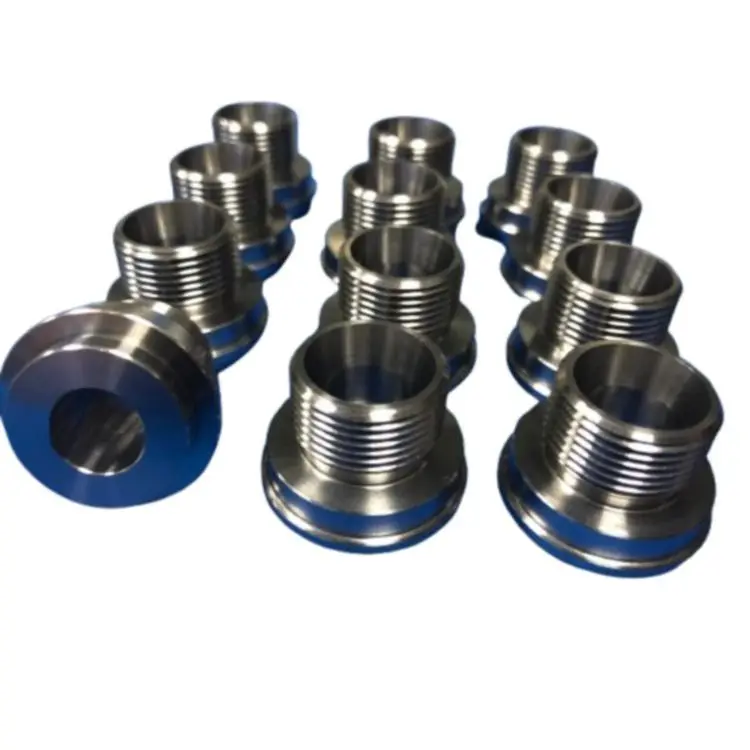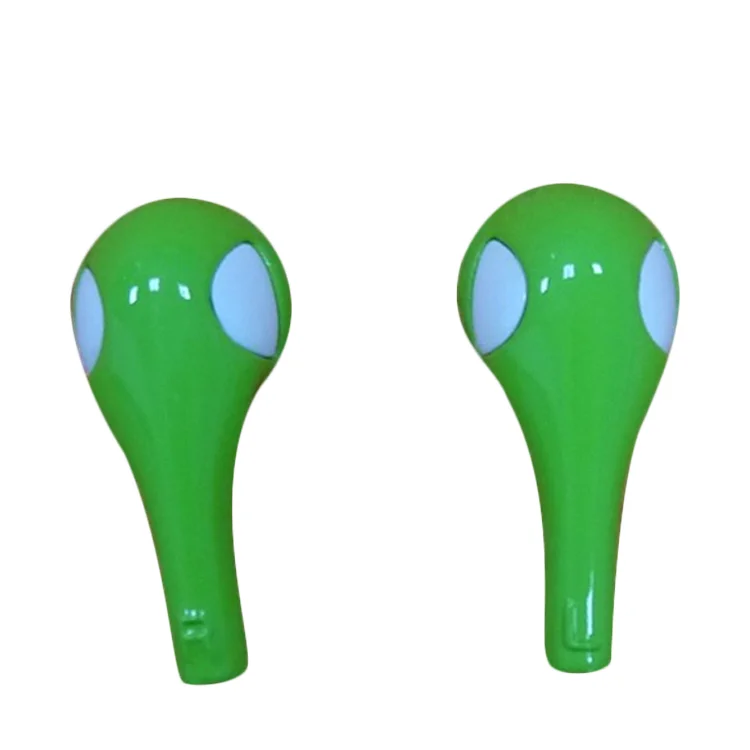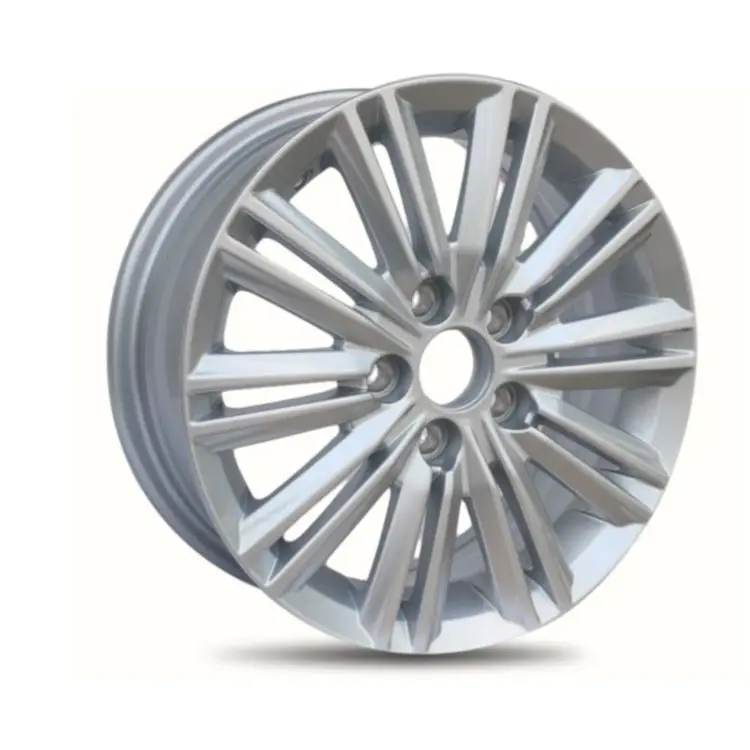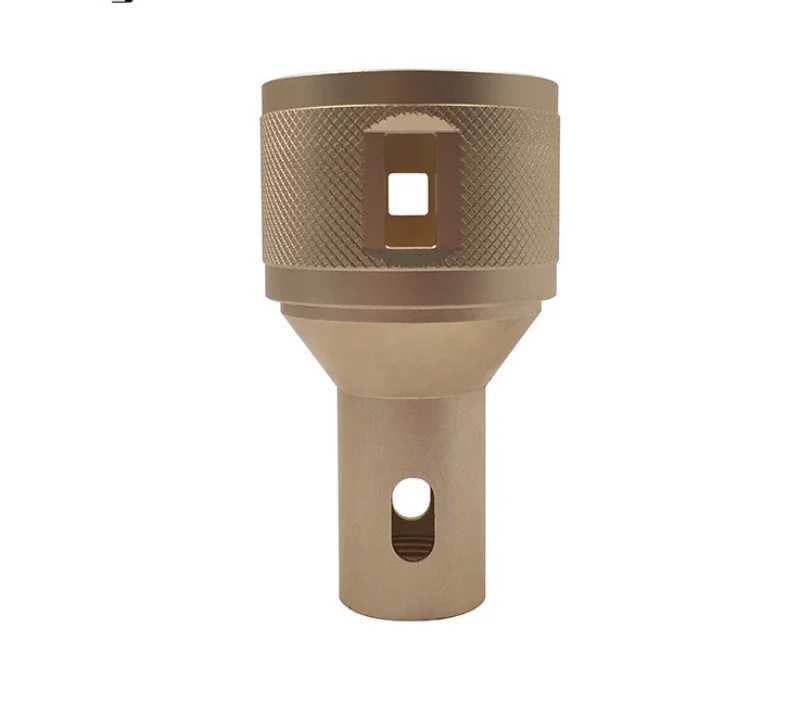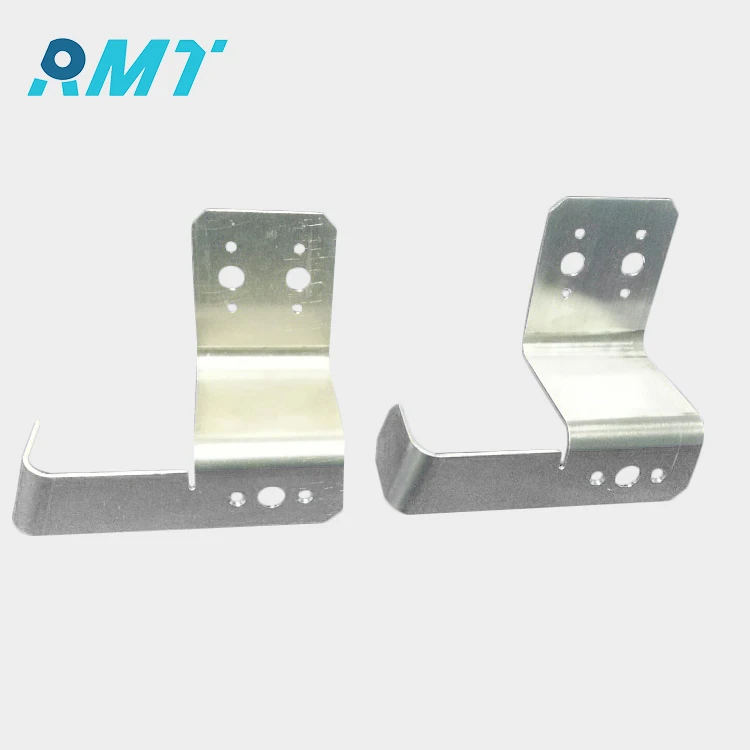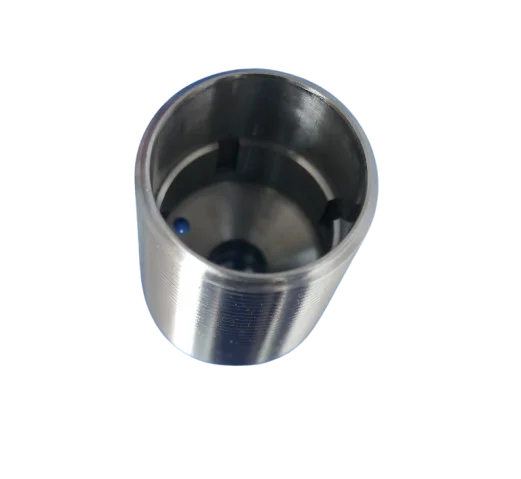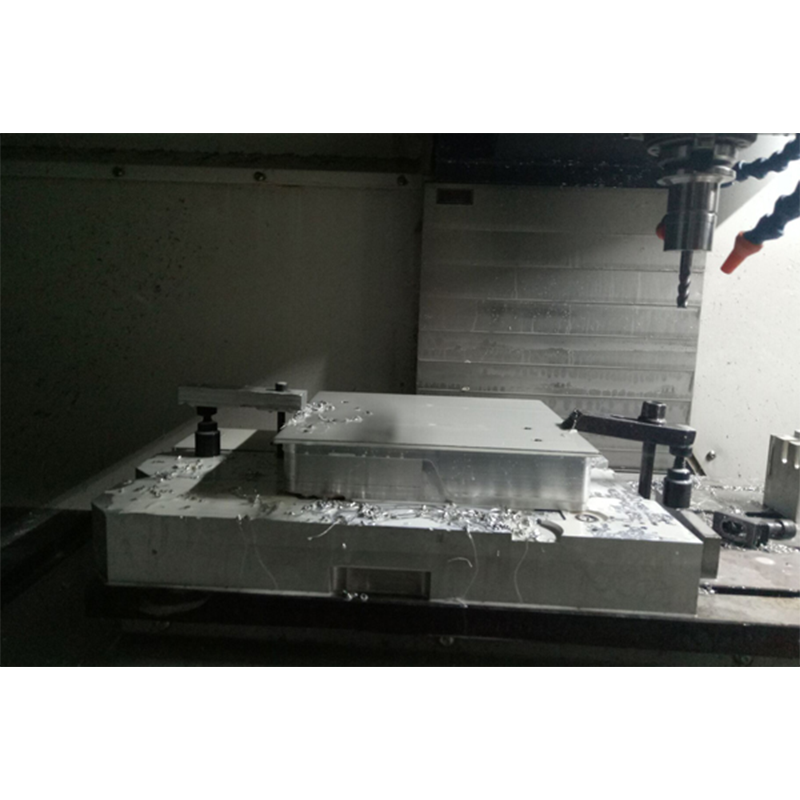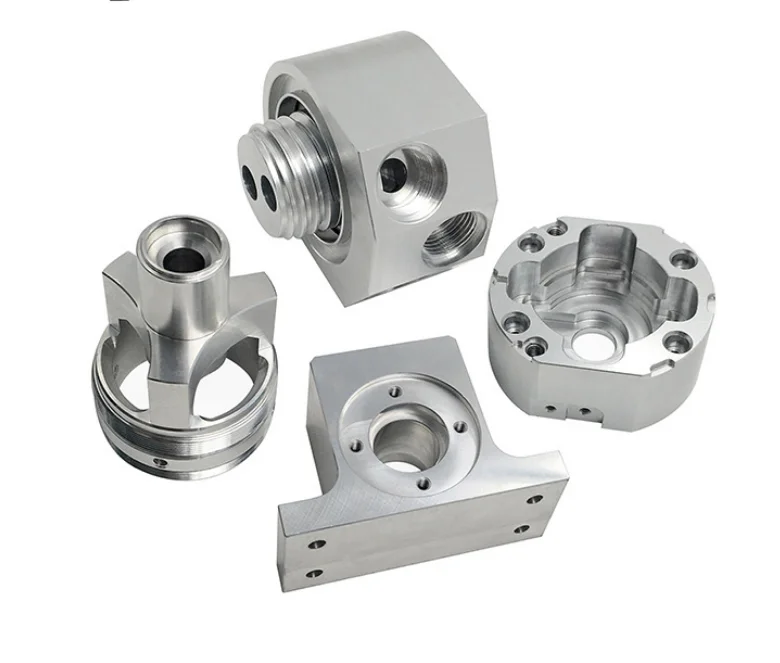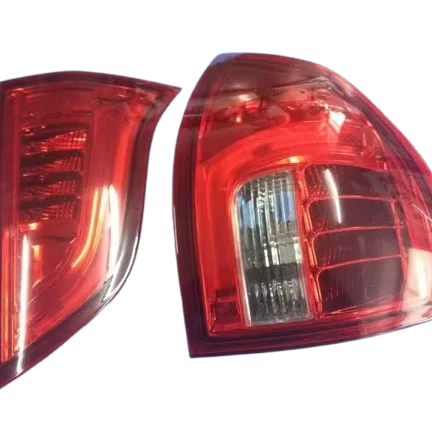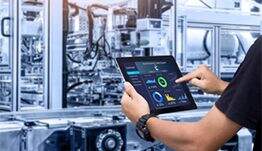Rapid Prototyping Compared To Classic Modeling
When it comes to product development, the decision between speedy modeling or classic modeling can make a huge difference in terms of time frame and outcome. At RMT we mainly focus on speedy prototyping services which have numerous advantages over traditional methods. This piece will look into what makes rapid prototyping different from its conventional counterpart while also highlighting why it has become the most preferred method by many innovators and businesses.
Getting to know Rapid Prototyping
Speedy prototyping is an advanced manufacturing technique that uses modern technology such as 3D printing for quick production of models. It enables designers to iterate through their concepts rapidly hence helping them refine ideas and solve problems at early stages.
How Fast is Rapid Prototyping?
Speed remains one of the main strengths associated with rapid prototyping. Within a few days, RMT’s fast-paced model-making service can come up with functional prototypes which reduce greatly on time consumed from conceiving an idea to commercialization.
Cost Effectiveness in Quick Prototyping
Unlike traditional approaches where there are expensive tooling costs involved along with other setup expenses; compared against this background, speediness in making models becomes cheaper because everything happens instantly as required without any delays thus saving both money and time for RMT customers.
Flexibility in Design When Using Speedy Prototyping Techniques
No other way of creating things is as flexible as fast prototyping. This is enabled by complex geometries that can be easily achieved with custom designs using advanced 3D printing capacities provided by RMT thereby giving developers more room for creativity without being limited by traditional manufacturing constraints.
Quickness And Accuracy During Fast Prototyping
It may be surprising how fast things are produced during rapid prototyping but this should not be taken to mean that they are of low quality. At RMT, the precision of our equipment is such that prototypes made are exact representations of final products which means there can be extensive testing before going into mass production.
Conclusion:
Comparatively speaking quick modeling through RMT has more benefits than any other traditional methods used in modeling prototypes. From its speed and cost efficiency to design freedom and quality assurance, rapid prototyping remains an invaluable resource for speeding up product development processes. We offer some of the best rapid prototyping services at RMT where we help our clients bring their ideas into reality as quickly as possible.
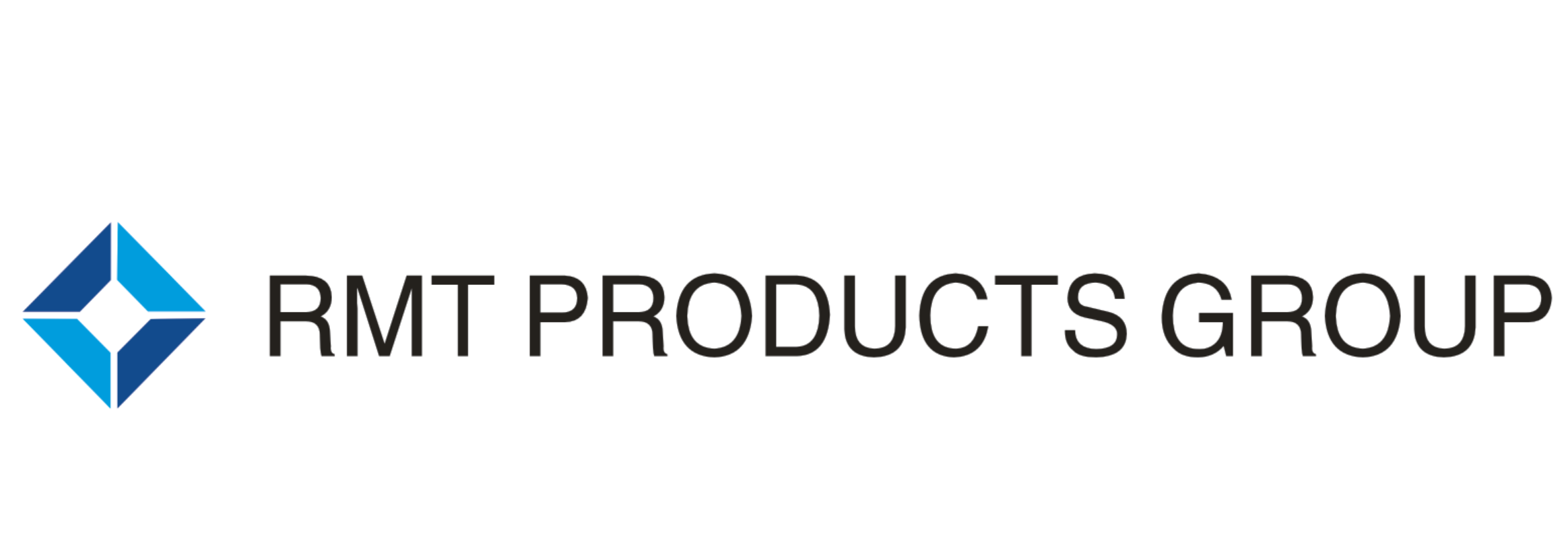
 EN
EN
 AR
AR
 BG
BG
 HR
HR
 CS
CS
 DA
DA
 NL
NL
 FI
FI
 FR
FR
 DE
DE
 EL
EL
 IT
IT
 JA
JA
 KO
KO
 NO
NO
 PL
PL
 PT
PT
 RO
RO
 RU
RU
 ES
ES
 SV
SV
 IW
IW
 LV
LV
 SR
SR
 SK
SK
 UK
UK
 GL
GL
 HU
HU
 TH
TH
 TR
TR
 FA
FA
 GA
GA
 CY
CY
 EU
EU
 BN
BN
 BS
BS
 LA
LA
 NE
NE
 SO
SO
 KK
KK
